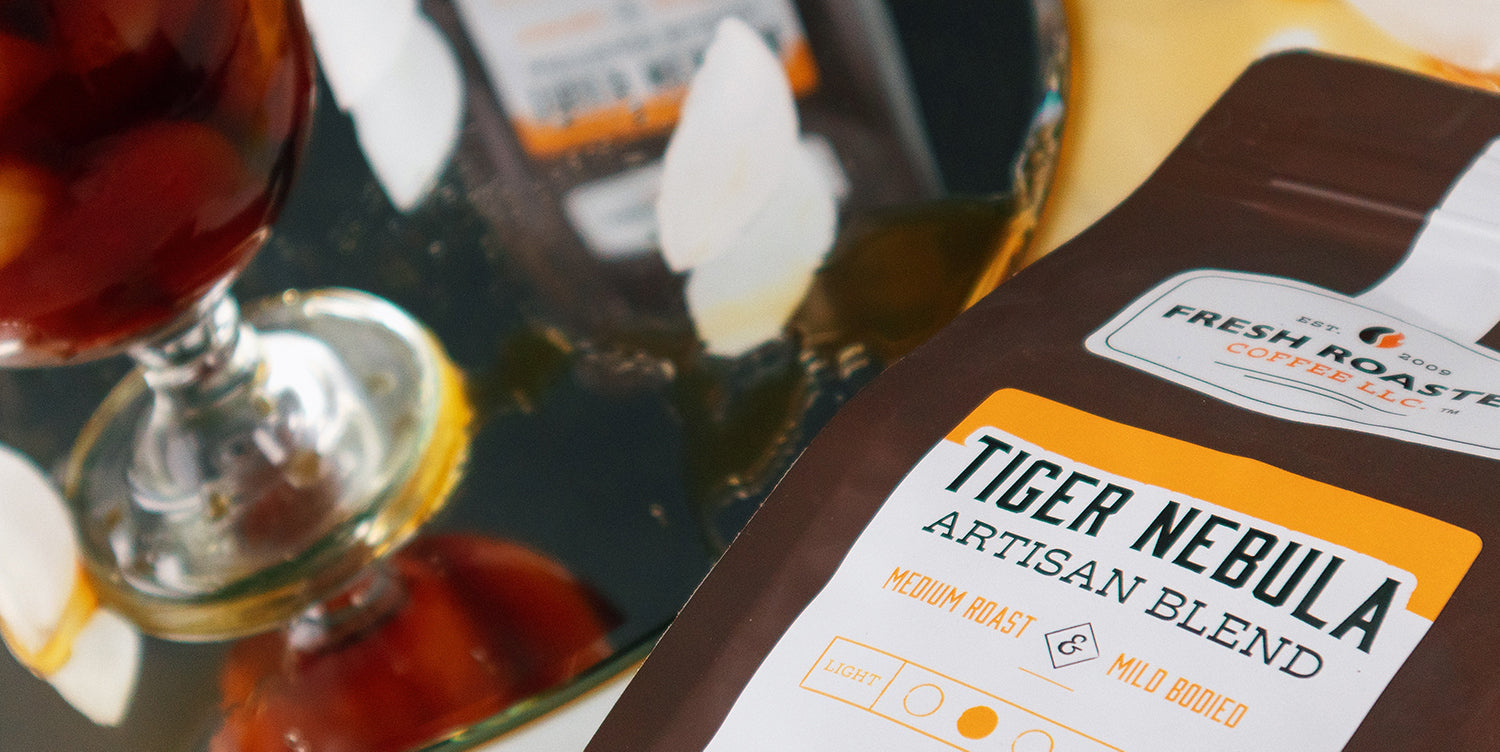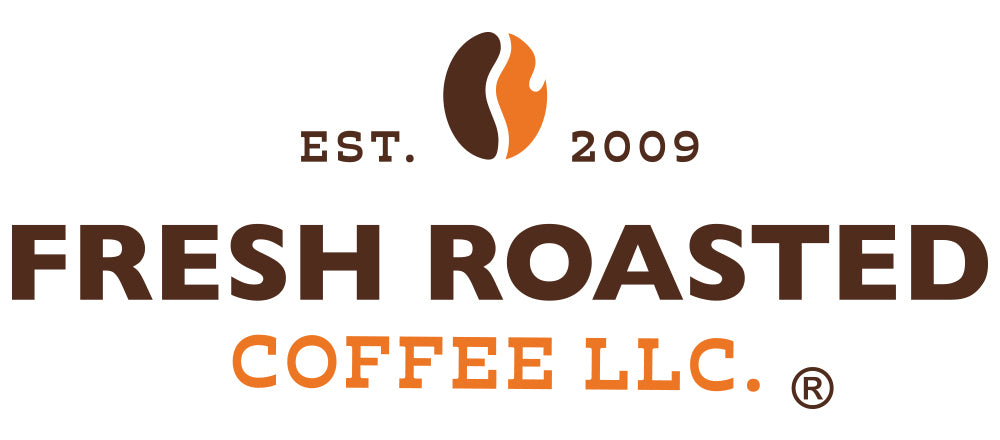Different Ways to Make Cold Brew

Cold, crisp, and refreshing aren't words that are normally associated with coffee, but this summer, rather than reach for a sugary soda after mowing the lawn, grab a cold brew! If you're thinking you can make that happen by just sliding what's left of the carafe you made this morning into the fridge, we've we got news for you.
Cold brew coffee is a delicious and invigorating treat, but it is not the same as letting brewed coffee get cold. If you've ever taken a sip of brewed coffee that's gone cold (and who hasn't), you know how not great it is. It's flat and acidic. That's not the case with cold brew, which is bright but not acidic and rich but not syrupy.
Cold brew concentrate only really requires three things—coffee, water, and patience—but we're going to outline a few different ways to make it at home.
-
Toddy Cold Brew System
Toddy gives you the options of single or double filtration. The classic, single-filtration method works great for cold brew, but the double filtration is easier to clean up because of the paper filter bag. It produces a little more cold brew per batch and works with different grind sizes (though coarse grind is still recommended). However you decide to brew, the production method is the same: start with 12 oz. coffee (by weight), add 7 cups water, stir, steep for at least 12 but no more than 24 hours, and decant.
The Toddy can be used for tea as well. It comes with reusable felt filters, paper bag filters, and a glass decanter. Toddy also makes a small-batch brewer and a commercial brewer for cafés and restaurants.
Pro: The cleanest cold brew concentrate.
Con: More equipment to buy.
-
Asobu Cold Brew Maker
This little beauty comes with everything but the coffee and the water right in the box. Put the brewer on the carafe, add 3 oz. of coffee, then water to the top of the brewer, and screw down the lid. 24 hours later, press the button on the side and your cold brew concentrate drains right into a vacuum-walled stainless steel carafe - handy to grab on your way to work or the beach!
No filters and no power required for the Asobu Cold Brew Maker which means it's great for camping and vacations.
Pro: Easy to use and easy to look at. Carafe keeps your concentrate cold for 24 hours!
Con: Too tall to fit in most fridges while it's brewing.
-
The French press
If you already have a French press, then you've got all the equipment you need to make cold brew concentrate. Plus, it's a piece of cake!
Start with 4 oz. (by weight - about 1 to 1.5 cups by volume) of coarse-ground coffee in a standard 8-cup French press. Add 3 cups of cold water. Stir. Ignore for 12 to 24 hours (patience is a virtue). Press the plunger and decant your concentrate!
Pro: Easy, especially if you've already got a French press!
Con: More sediment/coffee oils present in the cup than other methods.
-
Hario Cold Brew Coffee Bottle
This cold brewer is sleek, simple, and delivers an impeccably clean cup. Ready in as little as eight hours (steep longer for stronger flavor), you'll have a refreshing cup of liquid energy faster than most other brewers. Place course-ground coffee in the strainer, twist on the strainer cap, slowly pour cold, filtered water through the mesh hole in the cap, give it a little swirl, pop the top on, and let it work its magic in the fridge.
Start with 68g (about 2.5 oz) coarse-ground coffee and fill to the white square on the side of the bottle. Easy as that.
Pro: Easy to clean, looks cool, and brews fast.
Con: Not as fridge friendly as its tea counterpart
-
The Mason jar
Don't have a French press or a Toddy? How about a one-quart Mason jar or two? This one needs a little more work at the end, but it's worth it for great cold brew!
As with the French press method, you want 4 oz. of coarse-ground coffee, measured by weight. Fill the jar half way with cold water, stir, then fill the jar the rest of the way. Stir again and leave it alone for 12 to 24 hours. At that point, you'll need a pitcher or another jar to strain your brew into. We recommend a fine sieve first, then filter again through cheesecloth or a paper coffee filter.
Pro: Nothing to buy except coffee!
Con: More steps, potentially more mess.
You'll notice one thing in common with all these methods—the steep time of 8 to 24 hours. The longer you wait, the stronger your coffee will be! But keep in mind that regardless of which method you're using, the result is coffee concentrate. It's meant to be served over ice with additional water, milk, or dairy substitute at a ratio of one part concentrate to four parts ice/water/milk.

In a covered container in your fridge, your concentrate will last up to two weeks. We have very serious doubts that it will make it more than a day or two before you'll want to make more, but that's how long it will stay good.
We're constantly testing our coffee and brewing using different methods. Here's a few recommendations from the FRC staff:
Tiger Nebula is my absolute favorite for cold brew. It's smooth and slightly spicy and just generally delicious! My wife loves it with a little cream and some coconut water for an after-workout drink.
―John
The Peru Water Process Decaf makes killer cold brew. The flavor really pops! And I can drink it throughout the day without getting too jittery.
―Nina
Drago is just about the best regardless of how you make it. I like it as espresso, drip, and cold brew. It's bold and rich with a clean finish.
―Ethan
What is Cold Brew?
Cold Brew is ground coffee steeped in water at room temperature or colder, usually for 12 to 24 hours, then strained. The resulting concentrate is diluted with ice, water, or milk as well as other flavorings. Cold Brew is generally thought to be less acidic and smoother than coffee made using hot water.
Is Cold Brew the same thing as Iced Coffee?
Iced Coffee is technically just coffee of any sort served over ice, though many cafés will brew double-strength batches to use in iced coffee recipes. The result is more intense than Cold Brew and can be much more acidic, but it's also faster to produce.
Cold Brew is made from a coffee concentrate that uses a long, no-heat steeping method to extract flavor vs a short, high-heat extraction method.
Can you drink straight Cold Brew?
You can, though we wouldn't recommend it, especially if you're caffeine sensitive. Cold Brew concentrate is, just like the name says, concentrated coffee, so it's got a lot more caffeine in it.
Can I make decaf Cold Brew?
Sure! Decaf Cold Brew is delicious! Look for a Water Processed decaf for more real coffee flavor and less chemical decaffeination aftertaste.
What kind of coffee is best for Cold Brew?
The best coffee for your Cold Brew depends on what flavors you like. If you like your coffee to be rich and heavy with notes of cocoa, try Indonesian coffees for your Cold Brew. African coffees tend to make bright, light, fruity Cold Brews. Cold Brews made from Central American coffee tend to run the gamut from bright and spicy to bold and chocolatey.
Because the longer steep time means a long, slow extraction of flavor, even coffee that's gone a bit stale can be used to make a great Cold Brew. Of course, Fresh Roasted is always best.

3 Comments
How many cups is 4 ounces?
I just made my first batch of cold brew using a French press. I see that the ratio, by volume, of water to coffee is 3:1 (although I measured both by weight). Then the dilution ratio you recommend is 4:1 (by volume). I did this, using water and ice cubes (the ice being part of my water volume and not in addition to it). Taste is decent. Mild but not weak. But I tempted to try a dilution of 3:1 to see what slightly stronger would taste like.
Thanks for this post. I plan to make my first batch of cold brew. Question: for the Mason jar method, what size jar? Mason jars come in a range of sizes. Thanks!
Leave a comment